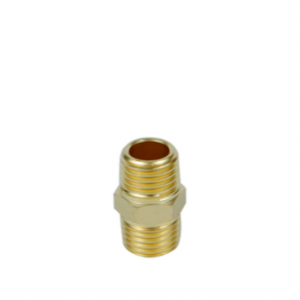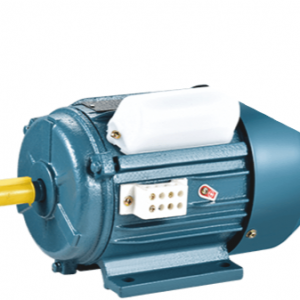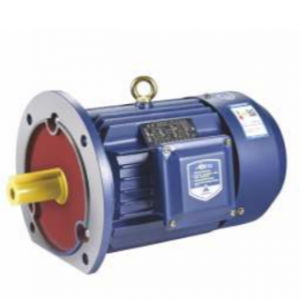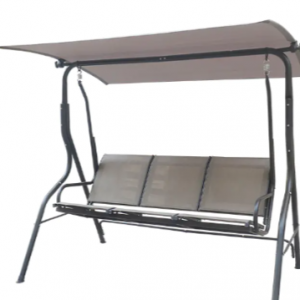Thermal Protection:
Lithium cordless drills often include thermal protection mechanisms to prevent overheating. When the drill operates for an extended period, generating excessive heat, the thermal protection system automatically shuts down the tool temporarily. This pause allows the drill to cool down, preventing damage to internal components and maintaining safe operating temperatures.
Overload Protection:
To safeguard against excessive stress on the drill's motor and internal components, overload protection is implemented. When the drill encounters resistance beyond its capacity, such as when drilling through a tough material, the overload protection system automatically cuts power or reduces the torque to prevent damage. This feature is vital for maintaining the integrity of the drill and ensuring user safety.
Electronic Clutch:
Many lithium cordless drills come equipped with an electronic clutch that provides precise control over the torque applied. The electronic clutch helps prevent over-tightening of screws or over-drilling by disengaging the motor when the preset torque level is reached. This not only enhances the accuracy of the work but also prevents excessive strain on the drill.
Battery Management System (BMS):
The lithium-ion batteries used in cordless drills often incorporate a Battery Management System (BMS). The BMS monitors the battery's temperature, voltage, and current, preventing conditions that could lead to overheating or overcharging. This system helps optimize battery performance, protect against damage, and ensure safe operation.
Voltage and Current Monitoring:
Advanced lithium cordless drills may feature voltage and current monitoring systems that constantly assess the electrical parameters during operation. If the drill experiences a surge in voltage or current beyond safe levels, the monitoring system can intervene to protect the motor and other components from damage.
Smart Electronics:
Some modern cordless drills incorporate smart electronics that can communicate with the battery and motor to optimize performance and safety. These smart systems may adjust power delivery based on the task at hand, ensuring efficient operation without risking overload or overheating.






